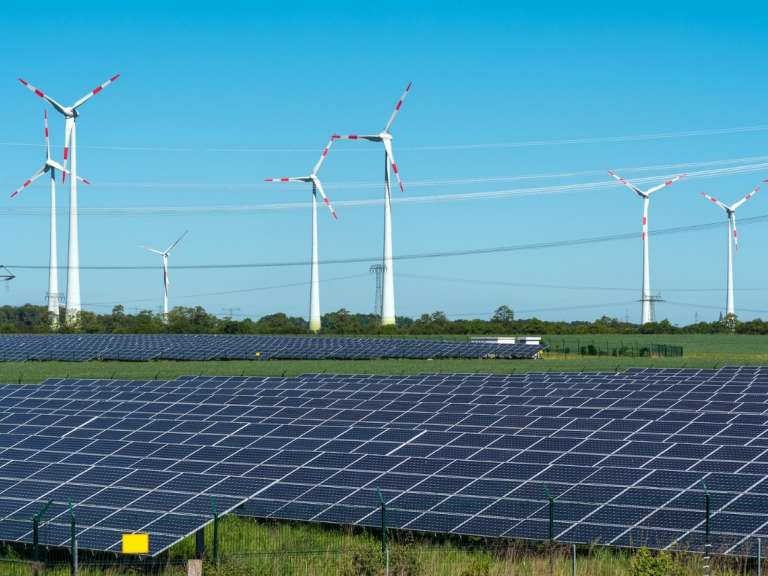Proactive Preparation for Renewables
Ken SilversteinFor renewable energy to realize its full potential, the world's grids have to handle the added demand.

With much of the world becoming carbon conscious, greater attention is being paid to renewable energy preparation—or the ability to prime the grid to handle increasingly variable resources.
Indeed, US states such as California and New York have renewable portfolio standards that stipulate green energy must comprise half of utilities' generation portfolios by 2030. And in Germany, the renewable output is a third of the total electricity production, according to the Federal Ministry of Energy and the Economy.
Preparing energy systems for an increasing influx of renewables is therefore critical. Can the transmission grids accommodate the use of a lot more renewables? Is there ample generation waiting to back wind and solar when the weather isn't favorable? Are there sufficient demand-response programs that give consumers real-time pricing information, so they can curtail usage during peak demand? Are battery and other energy storage devices ready for prime time? Renewable energy preparation is contingent on answering those questions.
In the United States, wind energy makes up to 6 percent of power generation, while solar power stands at 1 percent, according to the US Energy Information Administration (EIA). The US has roughly 85,000 MW of wind power and 30,000 MW of utility-scale solar power. The intermittent nature of those fuels, though, means that they must be firmed up with generation sources that run around the clock.
The US Department of Energy released a grid reliability study this year that says the current US grid can be prepped for additional renewables. Its findings were partially culled from another study by the Analysis Group, which says changing out fuels from coal to natural gas or renewables to make electricity does not present any threat to reliability.
And in earlier interviews with this writer, the National Renewable Energy Laboratory (NREL) reports that the US power grid could handle as many as half of all fuel sources being renewables. Referring to a 2012 study, the NREL says that the key thing is to get customers involved. That is, customers have to respond to price signals. From an engineering point of view, it is doable.
The general feeling among all sources is that upgrades to the grid can handle current additions. To that end, all of the independent system operators that order up generation and police the US's grids are investing billions in upgrades for renewable energy preparation. Still, by 2030, more long-distance transmission lines will be required to carry the electrons from the remote areas where they're generated to the urban areas where they're consumed.
Take the California ISO, or CAISO: It's integrating 20,000 MW of wind and solar resources—a number that could grow by 15,000 MW by 2030. To do so, CAISO is using energy storage, demand response, distributed generation, and microgrids. It's also taking advantage of the Western Energy Imbalance Market, which is a real-time wholesale trading platform to allow participants in the West to buy and sell energy.
In Germany, the challenge is considered more daunting. It already has among the highest electricity prices in Europe because of the system it uses to support the production of renewables—feed-in tariffs that mandate green electrons get dispatched first. The result, though, is that renewables provide roughly 30 percent of the country's electricity. But for Germany to continue to add green electrons, its renewable energy preparation must modernize and expand.
By expanding its transmission grid to handle the added volume, it could grow its use of renewable energy. The country, in fact, has major wind farms that have limited access to the grid. However, not only does expanding the wires cost money and add to the price of renewable generation, it also takes time—potentially years.
The global community is not turning its back on the green energy revolution and the effort to cut carbon emissions. Falling technology costs mean that wind and solar will continue to grow. But if renewables are to realize their full potential, jurisdictions around the world must modernize and expand their grids while employing demand-response and energy-storage technologies.
Energy flexibility is as varied as it is valuable. Here's a look at how to identify and capitalize on the form of flexibility that's right for your plant.
Existing fossil fuel plants can be equipped with the latest hardware and software to reduce their existing carbon emissions by 11 percent. Could they be used to back wind and solar plants?
Today's generating plants are undergoing a significant business transformation involving digital tools to manage risk and optimize fleet performance.